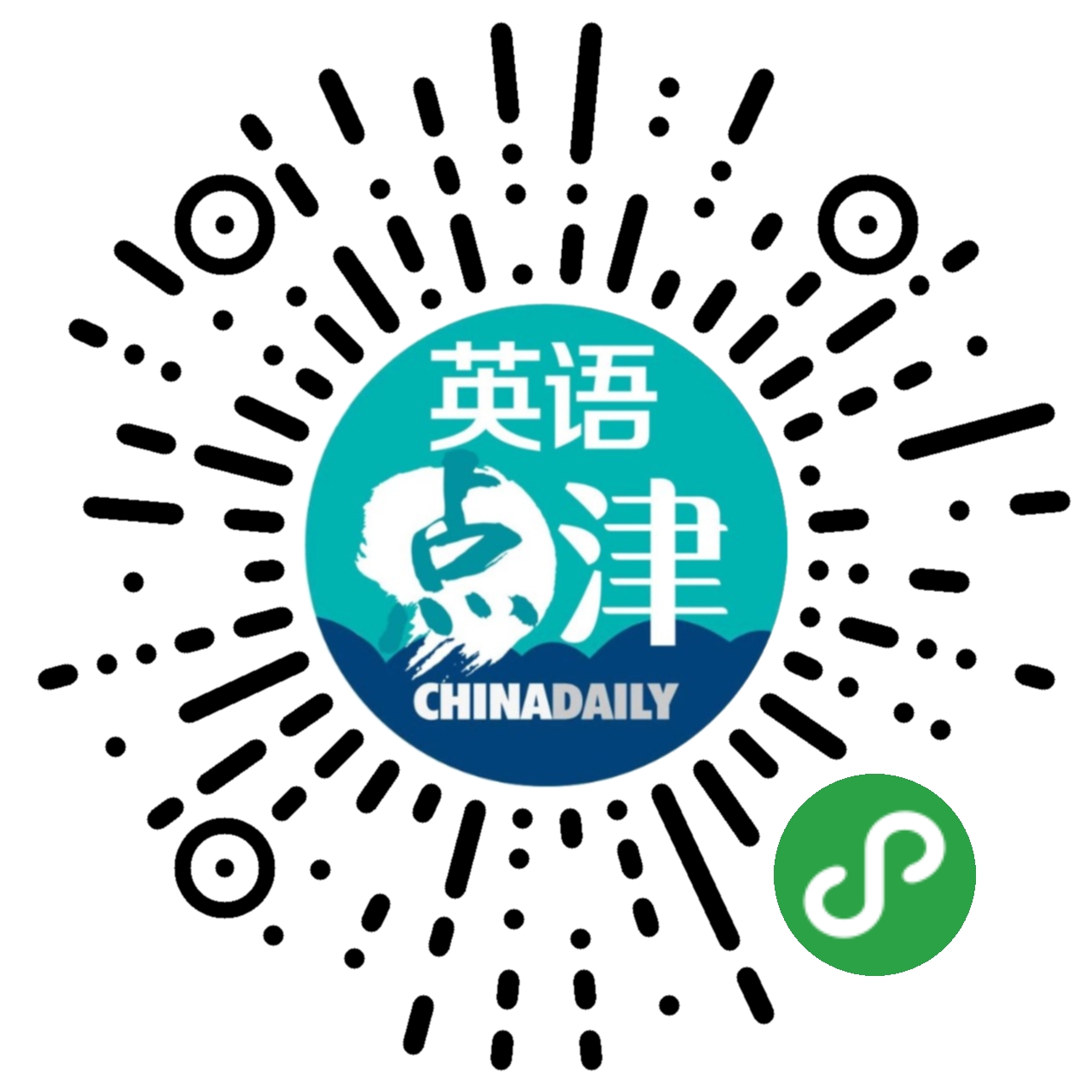"tea""cha"都來自中國 茶的叫法如何“全球化”? Tea if by sea, cha if by land: Why the world only has two words for tea
中國日報網 2018-01-22 13:22

“茶”在全球其他國家的語言中有兩種說法,一種與英語tea類似,另一種則是與cha類似的chay。你想過同樣一種“茶”,流傳出去為什么有兩種不同的說法嗎?
 |
| 2017年10月7日,茶農在福建省泉州市安溪縣茶山采摘鐵觀音秋茶。 秋天,大自然打了個寒顫,不經意間碰翻了調色盤,灑下一片斑斕。 新華社發(張九強 攝) |
With a few minor exceptions, there are really only two ways to say “tea” in the world. One is like the English term—té in Spanish and tee in Afrikaans are two examples. The other is some variation of cha, like chay in Hindi.
除了少數微不足道的例外,全世界的茶實際上只有兩種說法。一種與英語說法tea類似,比如西班牙語中的té和阿非利卡語(南非的公用荷蘭語)中的tee。另一種是cha的某種變化形式,例如印地語中的chay。
Both versions come from China. How they spread around the world offers a clear picture of how globalization worked before “globalization” was a term anybody used. The words that sound like “cha” spread across land, along the Silk Road. The “tea”-like phrasings spread over water, by Dutch traders bringing the novel leaves back to Europe.
這兩種說法都來自中國。看看它們是如何在全世界傳播的,可以讓人們清楚地了解在成為一個廣泛使用的詞語前,“全球化”是如何運作的。讀音與“cha”類似的詞語是沿著絲綢之路通過陸上傳播的。與“tea”類似的詞語則是由荷蘭商人通過海上傳播的,這些商人將這種新奇的葉子帶回歐洲。
The term cha (茶) is “Sinitic,” meaning it is common to many varieties of Chinese. It began in China and made its way through central Asia, eventually becoming “chay” (???) in Persian. That is no doubt due to the trade routes of the Silk Road, along which, according to a recent discovery, tea was traded over 2,000 years ago. This form spread beyond Persia, becoming chay in Urdu, shay in Arabic, and chay in Russian, among others. It even it made its way to sub-Saharan Africa, where it became chai in Swahili. The Japanese and Korean terms for tea are also based on the Chinese cha, though those languages likely adopted the word even before its westward spread into Persian.
Cha是中國文化的說法,它是很多漢語方言所共同使用的。它來自中國,穿越中亞,最終在波斯語中變為“chay”。這無疑是因為絲綢之路貿易線路。根據最近的一項發現,兩千多年前人們沿這條線路交易茶葉。這個說法的傳播范圍超過了波斯,在烏爾都語中成為chay,在阿拉伯語中成為shay,在俄語中成為chay。它甚至傳到了撒哈拉以南的非洲,在斯瓦希利語中成為chai。日語和韓語中茶的說法也以cha為基礎,但這些語言很可能在這種說法向西傳到波斯前就采用它了。
But that doesn’t account for “tea.” The Chinese character for tea, 茶, is pronounced differently by different varieties of Chinese, though it is written the same in them all. In today’s Mandarin, it is chá. But in the Min Nan variety of Chinese, spoken in the coastal province of Fujian, the character is pronounced te. The key word here is “coastal.”
但這沒有為“tea”提供解釋。茶這個字在中國不同方言中寫法一樣,但讀音不同。在今天的普通話中,它讀作chá。但在沿海省份福建所使用的閩南語中,這個字讀作te。這里的關鍵詞是“沿海”。
The te form used in coastal-Chinese languages spread to Europe via the Dutch, who became the primary traders of tea between Europe and Asia in the 17th century. The main Dutch ports in east Asia were in Fujian and Taiwan, both places where people used the te pronunciation. The Dutch East India Company’s expansive tea importation into Europe gave us the French thé, the German Tee, and the English tea.
在中國沿海地區方言中使用的te的說法經由荷蘭人傳到了歐洲,荷蘭人在17世紀成為了歐洲和亞洲之間主要的茶商。荷蘭人在東亞主要使用的港口位于福建和臺灣,這兩個地方的人都使用te的讀音。荷蘭東印度公司向歐洲大規模進口茶葉,這讓人們有了法語中的thé,德語中的Tee和英語中的tea。
Yet the Dutch were not the first to Asia. That honor belongs to the Portuguese. And the Portuguese traded not through Fujian but Macao, where chá is used. That’s why Portugal is a pink dot in a sea of blue.
但最先到亞洲的并不是荷蘭人,而是葡萄牙人。葡萄牙人進行貿易并不是通過福建,而是通過澳門,澳門使用的是chá這個說法。這就是為什么葡萄牙在歐洲是一個例外。
A few languages have their own way of talking about tea. These languages are generally in places where tea grows naturally, which led locals to develop their own way to refer to it. In Burmese, for example, tea leaves are lakphak.
在談到茶的時候,少數語言有自己的說法。這些語言通常是在茶葉自然生長的地方,這令當地人形成了他們自己的關于茶的說法。例如,在緬甸語中,茶葉是lakphak。
來源:石英財經網站、參考消息網
編審:yaning

















 英語點津微信
英語點津微信 雙語小程序
雙語小程序